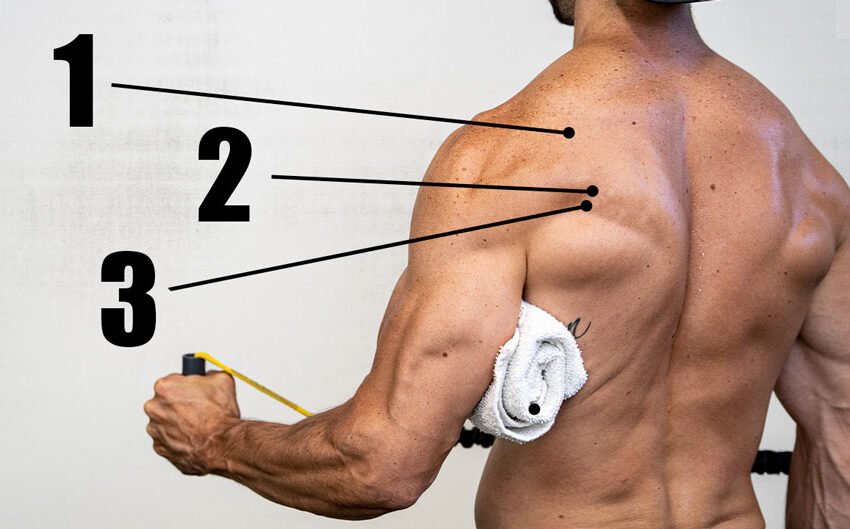The Top Three Effective Methods to Treat a Rotator Cuff Injury

A rotator cuff injury can be painful. The pain is often caused by inflammation or injury, and this can impact your ability to perform everyday activities. It could even affect your overall quality of life. However, there are various ways to ease your pain and begin recovery.
Some treatments will be more strenuous than others, while others can exacerbate the injury. With this in mind, you should be aware of the most effective methods to treat injured rotator cuff. Thankfully, this post outlines three of the best ways to do so.
Reduce Activity
When you are suffering from a rotator cuff injury, it is crucial to reduce activity. This will allow the injured tendons and muscles to rest and begin the healing process, which can help prevent further damage and promote recovery. Reducing activity doesn’t mean complete immobilization; instead, you should make temporary adjustments to avoid activities that aggravate the injury.
The main activities to avoid when you have an injured rotator cuff include lifting heavy weights and overhead reaching. If you are a regular in the weights section of the gym, it is wise to stay away from the lat pulldown, overhead press, and upright row; all of these exercises put a strain on the shoulders.
Daily activities can be modified to ensure you do not further damage your rotator cuff. If you need to carry heavy objects, you should carry them close to your body. Additionally, the weight should be distributed evenly by both hands, as this will minimize the strain put on the injured shoulder.
Try Prolotherapy Injections
Prolotherapy is an injection procedure that can be used to treat a rotator cuff injury as well as many other conditions, such as hip arthritis and knee osteoarthritis. This can be used as a treatment in both the short and long term, with treatments ranging between one to three injections and three to six injections.
These injections, which are often a compounded solution consisting of dextrose, local anesthetic, and saline, are usually administered two to four weeks apart. The procedure is effective and well-tolerated by most patients who are suffering from musculoskeletal disorders. Prolotherapy injections can improve function, reduce pain, stimulate tissue repair, and strengthen ligaments and tendons.
If you wish to try prolotherapy injections, then you should have the injury evaluated by a doctor before finding a clinic that has experience administering this treatment. The solution will be injected directly into your damaged rotator cuff tendons and surrounding tissues.
Use OTC Pain Relievers
To deal with the pain and inflammation associated with an injured rotator cuff, you are encouraged to use over-the-counter (OTC) pain relievers, like acetaminophen (Tylenol) and ibuprofen (Advil). These medications help to reduce the pain you might be experiencing, but they will also allow for better movement and participation in physical therapy, both of which are vital for recovery.
It is essential to follow the instructions given by your doctor as well as the directions on the medicines’ packaging. Sometimes, symptoms will not improve with OTC medications, or other symptoms begin; if this is the case, then you must consult your doctor.
To conclude, dealing with an injured rotator cuff can be a difficult task, especially if you enjoy an active lifestyle. The three tips outlined in this post can be used to treat your injury effectively and ensure you are well on your way to recovery.





